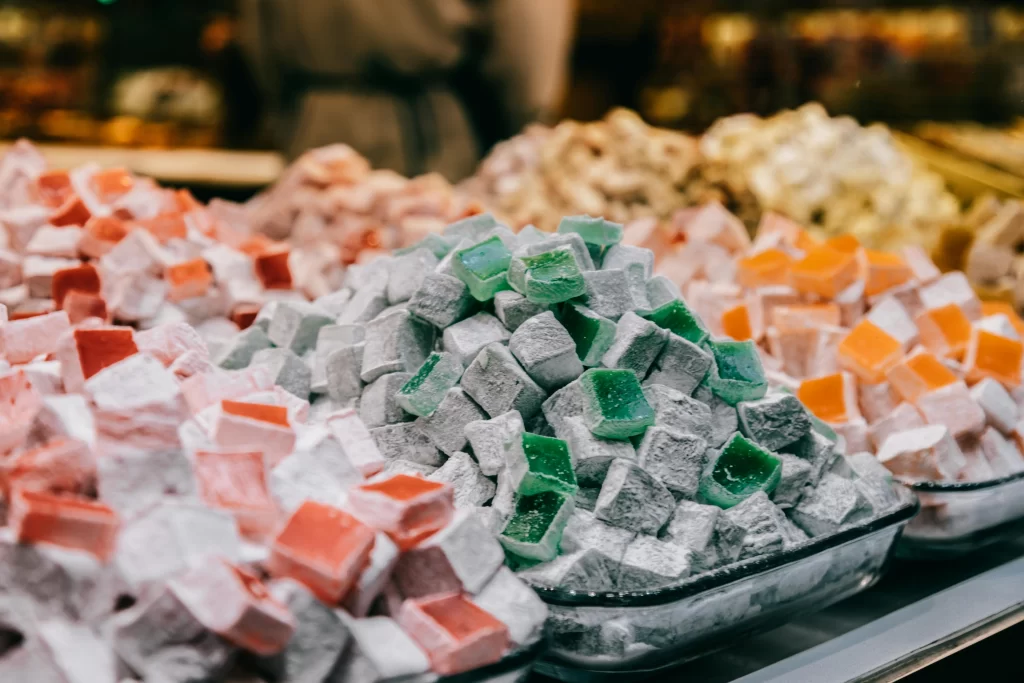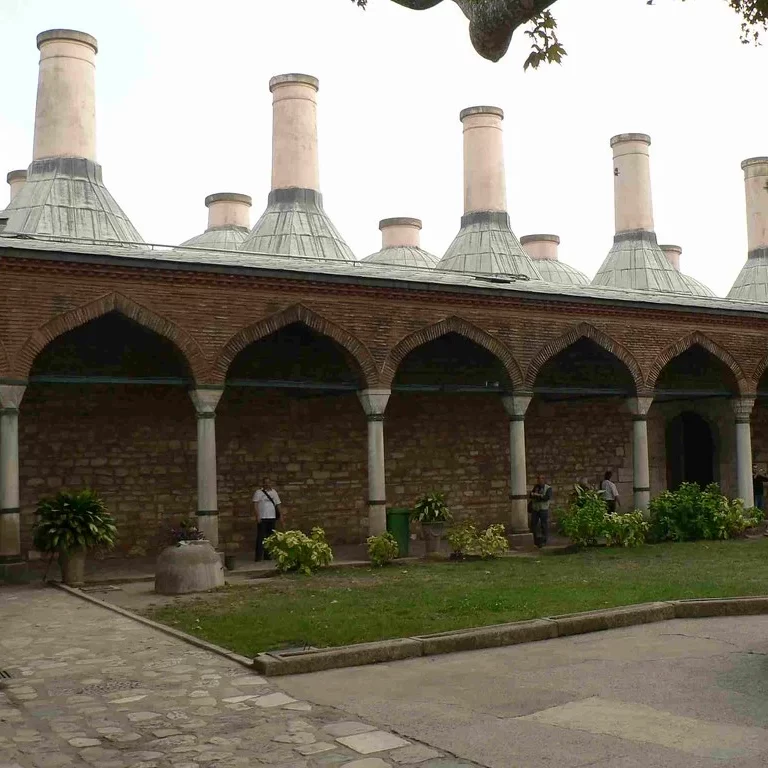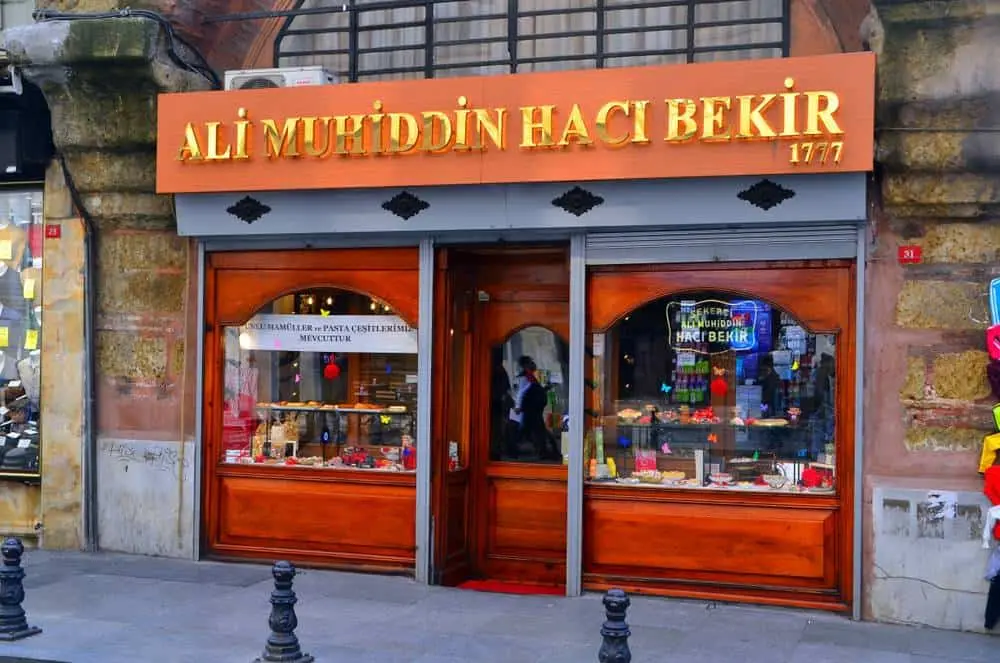Delight: From Ottoman Palaces to the World’s Tables
Turkish Delight, also known as lokum in Turkey, is more than just a sweet treat. Many people around the world recognize it from The Chronicles of Narnia, where the White Witch tempts Edmund with it. However, its history goes back much further. With over 500 years of tradition, Turkish Delight is one of Turkey’s most famous sweets. The name “lokum” comes from the Arabic word luqma(t), meaning “a morsel” or “a bite,” reflecting how it is served: in small, bite-sized pieces. But how did it go from Ottoman palaces to becoming known worldwide?

The Beginning: Bekir Efendi’s Creation
The story of Turkish Delight begins in 1777, during Sultan Abdul Hamid I’s reign. A young candy maker named Bekir Efendi moved from Anatolia to Istanbul. He quickly made a name for himself. Some say the Sultan asked his confectioners for a unique dessert to please the palace. This request led to the creation of Turkish Delight.
Bekir Efendi’s success grew fast. He opened a shop in the heart of Istanbul. People loved Turkish Delight (lokum) for its soft, chewy texture and sweet flavor. It also became a popular gift, especially among the elite. Wrapped in lace handkerchiefs, it symbolized generosity and good taste. Bekir Efendi’s fame spread, and he was appointed chief candy maker for the Ottoman court.
Turkish Delight’s Journey to the West
Turkish Delight’s fame didn’t stay within the Ottoman Empire. In the 19th century, a British traveler fell in love with it. He took several boxes back to England. There, people began calling it “Turkish Delight,” and it became popular across Europe. Today, Turkish Delight remains a symbol of Turkish culture and culinary art worldwide.

The Art of Making Turkish Delight
Making Turkish Delight requires skill and patience. The process starts by mixing sugar syrup and starch, which cooks for five to six hours. Flavors like rose, mint, or coffee are added. Once the mixture cools, it is cut into pieces and dusted with powdered sugar. Over time, Turkish Delight varieties expanded. There are now over 24 flavors, including pistachio, walnut, and hazelnut. In Afyon, confectioners make a special type of lokum with kaymak (clotted cream) and cover it with coconut shavings.
Hacı Bekir: The Master Behind the Legacy
Bekir Efendi’s journey did not stop there. After his pilgrimage to Mecca and Medina, he became known as Hacı Bekir. His family continued his tradition. Today, the fifth generation still runs the company, Ali Muhiddin Hacı Bekir. They continue sharing the art of Turkish Delight with the world.

Turkish Delight – A Sweet Cultural Ambassador
Turkish Delight is much more than a dessert. It symbolizes Turkey’s rich culture, history, and hospitality. From Ottoman palaces to world tables, Turkish Delight carries the flavors of tradition and craftsmanship. The next time you enjoy a piece, remember—this sweet carries a story that spans centuries.













